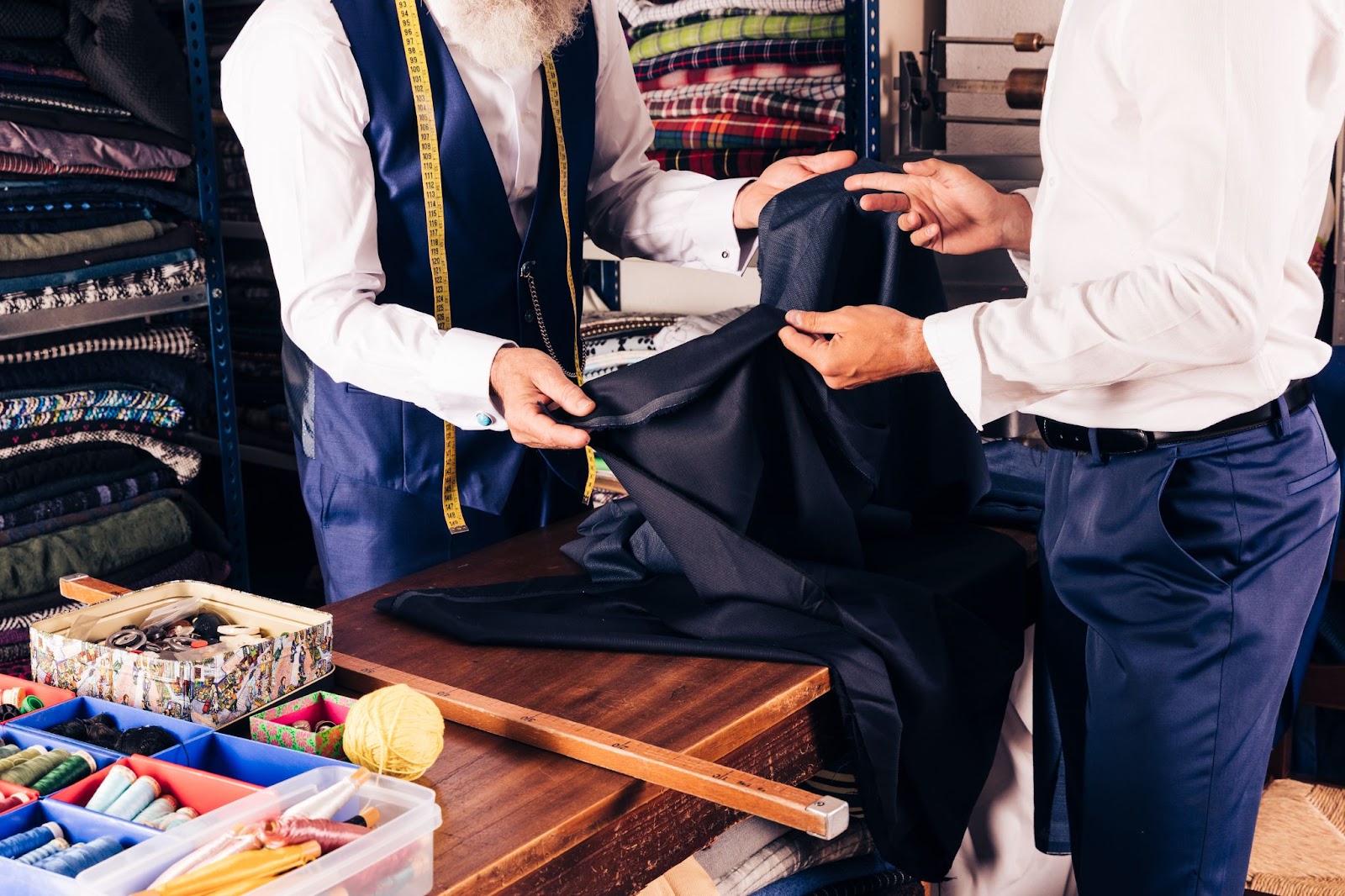One bad sourcing decision can ruin your entire production run. Late deliveries, low-quality fabric, or unreliable suppliers can cost thousands of dollars and even break customer trust. If you’ve ever dealt with damaged fabric or missed shipping deadlines, you know how stressful it can be. These problems are more common than most businesses think and they’re totally avoidable.
That’s why we created this helpful guide. Below, you’ll learn the 10 most costly mistakes in textile sourcing and how to avoid each one, so you can save time, money, and stress.
1. Inadequate Supplier Evaluation
Many businesses choose suppliers without checking their background. They might rely on a fancy website or a friend’s referral. But looks can be misleading.
When you skip a proper supplier evaluation, you risk dealing with poor-quality materials, missed deadlines, or even fraud. These issues hurt your brand and eat into your budget.
How to avoid it:
- Always ask for samples
- Request references from past clients
- Do a site visit or virtual tour if possible
- Check online reviews and third-party ratings
2. Prioritizing Cost Over Quality
It’s tempting to go with the cheapest option, especially when you’re trying to reduce expenses. But cheaper isn’t always better.
Choosing the lowest-cost supplier can lead to fabric that doesn’t last, fades after one wash, or feels uncomfortable. This can ruin your product’s reputation and increase return rates.
How to avoid it:
- Balance cost and quality do not focus on price alone
- Ask for material certifications
- Perform fabric tests before large orders
3. Skipping Quality Control Measures
Assuming that suppliers will always deliver perfect products is risky. Without quality checks, you might receive fabric that fails to meet your standards.
Mistakes in weaving, dyeing, or finishing often go unnoticed until it’s too late. Fixing them later can be expensive and time-consuming.
How to avoid it:
- Schedule regular inspections during production
- Set clear quality benchmarks
- Hire a third-party inspection service if needed
4. Lack of Clear Communication
Misunderstandings with suppliers often start with poor communication. You may think you were clear, but the supplier might interpret things differently.
This can lead to the wrong color, size, or even type of fabric being delivered. It’s frustrating and costly.
How to avoid it:
- Use clear, simple language in emails and contracts
- Create detailed tech packs and order sheets
- Confirm every step of the process in writing
5. Ignoring Minimum Order Quantities
Some businesses forget to ask about the minimum order size or how long it takes for the fabric to be ready. This leads to unpleasant surprises later.
If the MOQ is too high or the lead time is too long, you might face storage issues or production delays.
How to avoid it:
- Ask about MOQs and lead times during the first conversation
- Plan your inventory ahead of time
- Choose suppliers that fit your business size and schedule
6. Overlooking Fabric Testing
Not all fabrics are created equal. Even if a fabric looks good, it might shrink, bleed color, or tear easily.
Without proper testing, you risk putting out a product that disappoints your customers.
How to avoid it:
- Test fabrics for colorfastness, shrinkage, and durability
- Wash and wear test samples multiple times
- Only approve fabrics that pass all your tests

7. Neglecting Sustainability and Compliance
Today’s buyers care about where and how their products are made. If your supplier uses harmful chemicals or underpays workers, your brand could be at risk.
Non-compliance with safety or labor laws can lead to fines, bad press, or even legal trouble.
How to avoid it:
- Work with certified suppliers
- Look for eco-labels like OEKO-TEX or GOTS
- Ask for factory audits and sustainability reports
8. Failing to Plan for Continuity
Many businesses focus on the first order and forget to think ahead. What happens if the fabric you love is no longer available?
This mistake can interrupt production or force you to switch to a different fabric midway.
How to avoid it:
- Ask suppliers about fabric continuity and stock levels
- Make long-term agreements for repeat orders
- Keep backup fabric options in mind
9. Not Considering Logistics and Customs Regulations
Getting your fabric from the factory to your warehouse is just as important as sourcing it. Delays at customs or issues with shipping can throw off your entire timeline.
Many businesses forget to plan for international shipping rules, duties, or customs paperwork.
How to avoid it:
- Hire a shipping agent or freight forwarder
- Learn the import/export laws in your country
- Include delivery timelines in your production schedule
10. Lack of a Contingency Plan
Things don’t always go as planned. Factories shut down, fabrics run out, and shipments get delayed. If you’re not prepared, your business suffers.
Many companies fail to build a backup plan and they regret it later.
How to avoid it:
- Identify alternative suppliers
- Keep some buffer stock in inventory
- Build time cushions into your production schedule
Final Thoughts
Sourcing textiles is not just about finding fabric. It’s about building smart, long-term relationships with reliable partners. Each mistake mentioned above can be avoided with proper planning, communication, and quality control.
If you want your textile business to grow smoothly, take the time to review your sourcing practices. Learn from the common mistakes others make and don’t repeat them. When you do that, you set your brand up for success in every stitch and every sale.
Need help sourcing quality textiles? Contact the team at Vigour Impex to start your stress-free sourcing journey today.
Frequently Asked Questions (FAQs)
Q1: What is the biggest mistake in textile sourcing?
The biggest mistake is choosing a supplier without proper evaluation. This can lead to low-quality materials, delays, and unexpected costs.
Q2: How can I ensure consistent fabric quality?
Always perform fabric tests, use third-party inspections, and build clear quality control processes.
Q3: Are eco-friendly fabrics more expensive?
Not always. While some sustainable materials cost more, they can add long-term value and customer loyalty to your brand.
Q4: How far in advance should I source fabric?
It’s smart to begin sourcing at least 3 to 6 months before production to allow for testing, sampling, and possible delays.
Q5: What should I ask a new textile supplier?
Ask about their certifications, minimum order quantities, lead times, past clients, and quality control measures.







